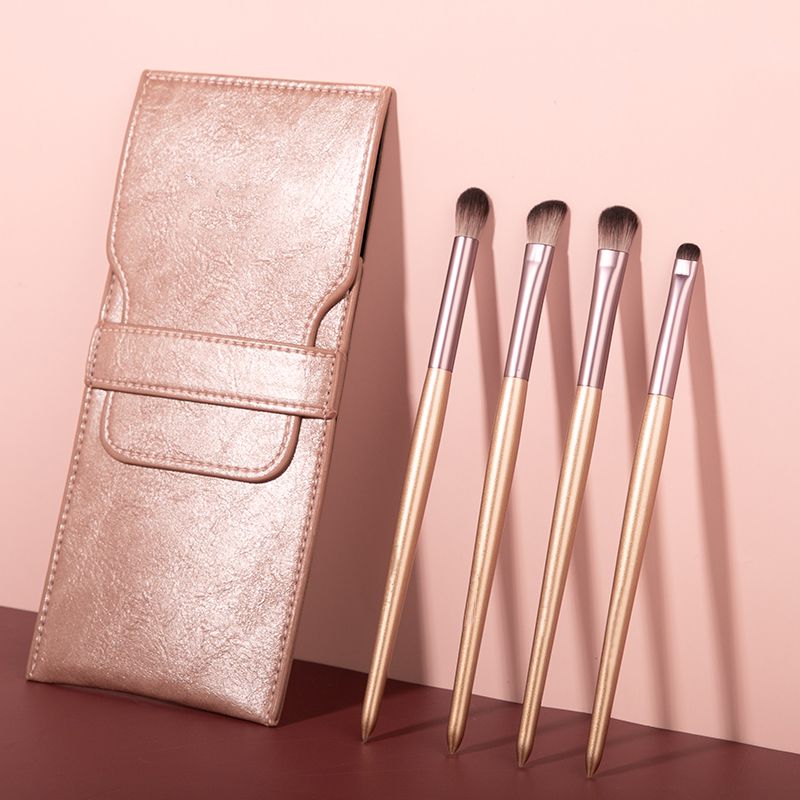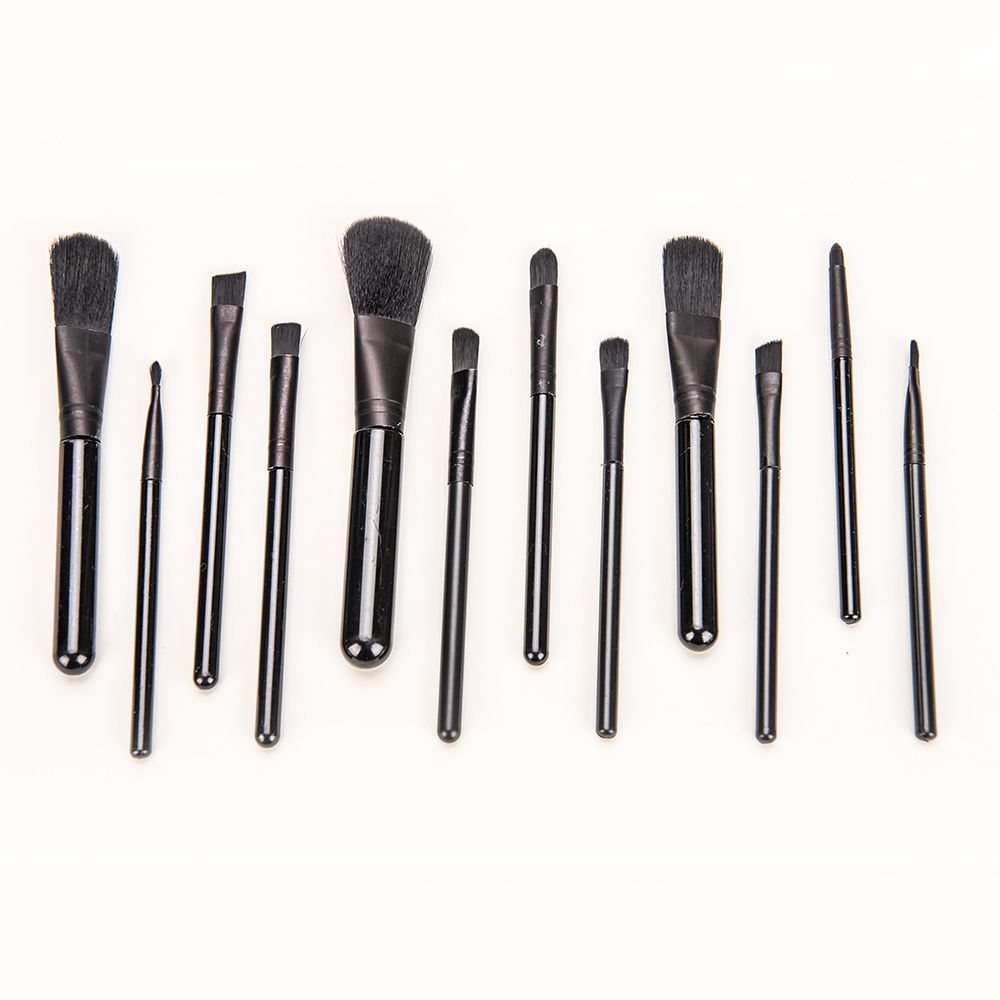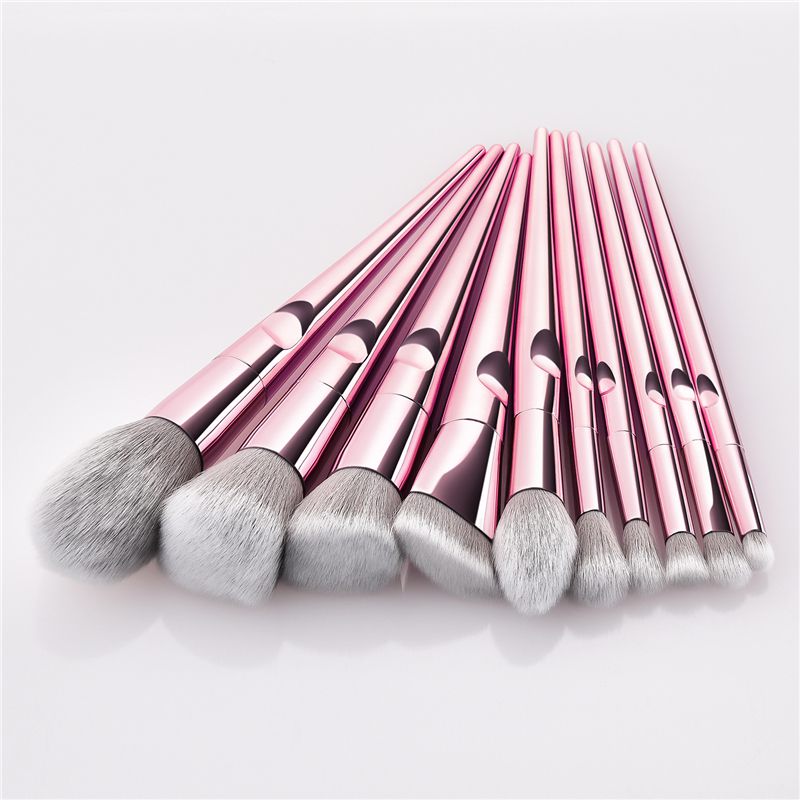Industry news
Ergonomic Brush Design: How Bristle Angle and Length Affect User Comfort and Control
- 345 Views
- 2025-09-22 01:31:19
Ergonomic Brush Design How Bristle Angle and Length Affect User Comfort and Control
In the world of beauty tools, the difference between a frustrating makeup session and a seamless experience often lies in the design of the tools themselves. For makeup enthusiasts and professionals alike, the ergonomics of a brush can transform daily routines—reducing hand fatigue, enhancing precision, and elevating the overall application process. At the heart of ergonomic brush design lie two critical factors: bristle angle and bristle length. These seemingly small details play a pivotal role in determining how a brush feels in the hand and performs on the skin. Let’s explore how these elements intersect to redefine user comfort and control.

The Rise of Ergonomics in Makeup Brushes
Traditional makeup brushes often prioritize aesthetics over functionality, leading to common complaints: wrist strain from awkward angles, uneven application due to poor bristle alignment, or skin irritation from rigid, ill-fitting designs. Ergonomic brush design addresses these issues by merging anatomical science with functional art. It’s not just about a “pretty handle”—it’s about engineering tools that work with the human hand, not against it. And when it comes to performance, bristle angle and length are the unsung heroes.
Bristle Angle: Aligning with Natural Movements

The angle of a brush’s bristles is no accident. It’s calibrated to match the contours of the face and the natural range of motion of the hand and wrist. Think about it: when applying eyeshadow, your wrist naturally tilts inward; when sweeping blush, your arm moves in an arc across your cheek. A well-designed bristle angle reduces the need for forced, unnatural movements, which are the primary cause of hand fatigue.
For example, consider an eyeshadow brush with a 30-45 degree bristle angle. This slight tilt mirrors the curve of the eye socket, allowing the brush to glide along the orbital bone without requiring the user to twist their wrist. In contrast, a straight-angle brush (90 degrees from the handle) forces the wrist into a strained position, especially when working in the crease, leading to quicker fatigue and less control over product placement.

Cheek and contour brushes take this a step further. A 60-75 degree angle on a contour brush aligns with the hollow of the cheek, enabling precise placement along the jawline or temples with a simple, natural arm movement. Users report that such angles reduce the “guesswork” in application—instead of struggling to position the brush, they can focus on blending, resulting in smoother, more professional results.
Bristle Length: Balancing Softness and Precision
If bristle angle is about movement, bristle length is about touch and control. Length directly impacts how the brush interacts with the skin and how much product it picks up—two factors that make or break comfort and precision.
Short bristles (typically 10-15mm) are the workhorses of detail work. Lip brushes, eyeliner brushes, and precision concealer brushes rely on short lengths to deliver pinpoint accuracy. A 12mm lip brush, for instance, stays rigid enough to outline the lips without bending, ensuring sharp edges. However, short bristles demand quality materials; if too stiff, they can irritate sensitive skin. High-grade synthetic fibers here are key—they mimic the softness of natural hair while maintaining the structural integrity needed for control.
Longer bristles (20-30mm) excel in大面积 application and comfort. Powder brushes, bronzer brushes, and setting brushes use length to distribute product evenly across large areas like the forehead or cheeks. The extra length creates a “cloud-like” feel on the skin, reducing friction and pressure. A 25mm powder brush, with its fluffy, airy texture, glides over the skin without tugging, making it ideal for all-day wear or sensitive skin types. But length must be paired with density: longer bristles need higher density to avoid splaying. A 28mm散粉刷 with sparse bristles will collapse under pressure, leading to patchy application and frustration. Instead, a dense, long-bristle brush holds its shape, even with repeated use, ensuring consistent product distribution.
The sweet spot? Medium-length bristles (15-20mm) for versatile tools like foundation or blush brushes. A 18mm blush brush, for example, offers enough length to blend seamlessly but enough rigidity to control placement—perfect for users who want both comfort and precision in one tool.
The Synergy of Angle and Length: A Case Study
The true power of ergonomic design emerges when angle and length work in harmony. Take a 45-degree angle paired with 16mm length on a foundation brush: this combination allows the brush











